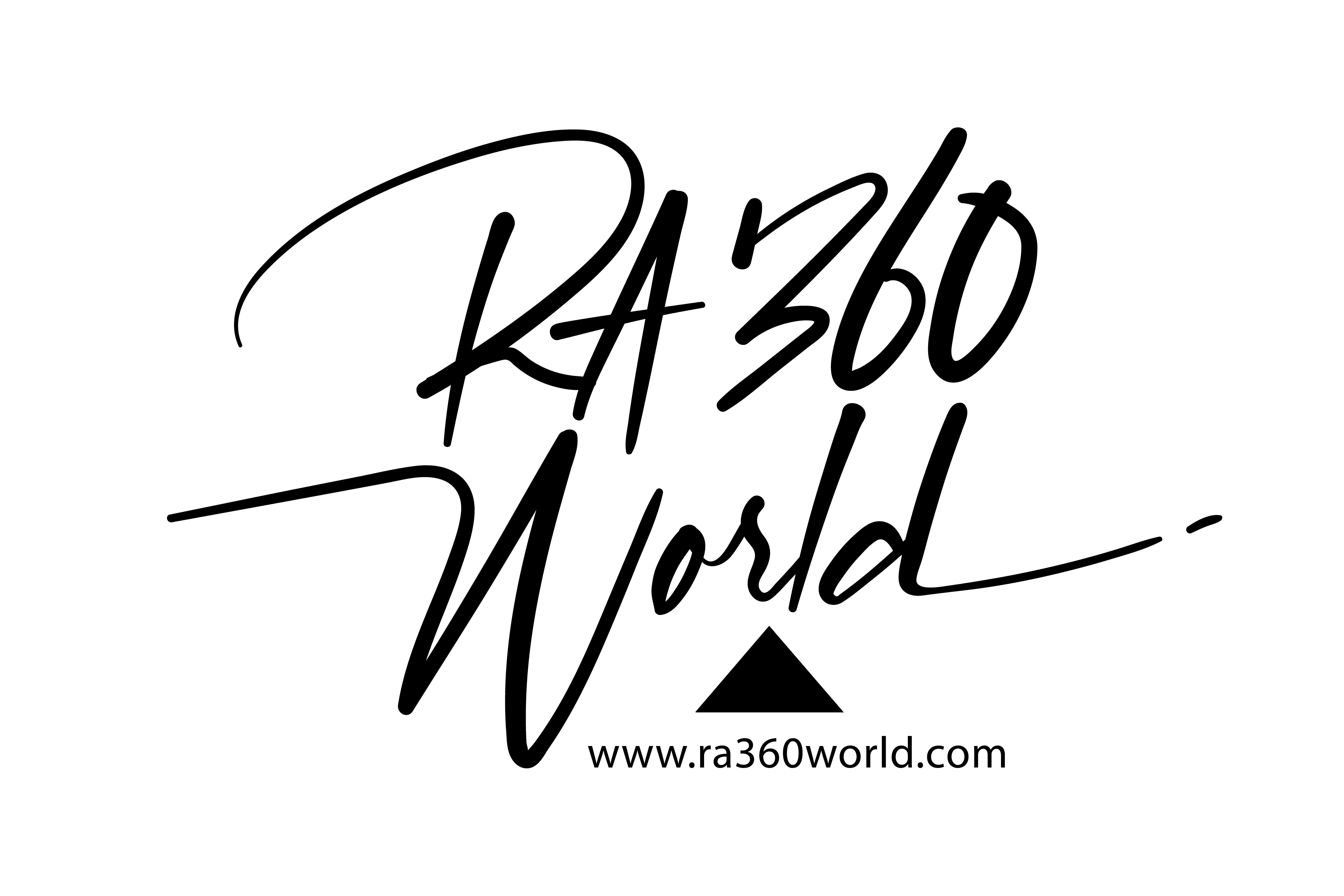No products in the cart.

Who was the Webb telescope named after?
The telescope is named after James E. Webb, the famous administrator of NASA from 1961-1968 under whose tenure the world saw the first lunar landing with Neil Armstrong and Buzz Aldrin on the Apollo 11 program. He also oversaw critical missions like the Mercury and Gemini under President John F. Kennedy, and Lyndon B. Johnson and also worked with President Harry S. Truman.
What is the JSWT?
The James Webb Space Telescope is an infrared observatory orbiting the Sun about 1 million miles from Earth to find the first galaxies that formed in the early universe and to see stars forming planetary systems. Designed to complement and extend the discoveries of the previous Hubble Space Telescope, with longer wavelength coverage and greatly improved sensitivity.
The largest optical telescope in space, the JSWT is also NASA’s most powerful space science telescope valued at around $10 Billion. The telescope is intended to uncover the history of the universe from the Big Bang to the formation of galaxies and atmospheric characterization of potentially habitable exoplanets.

The telescope’s primary mirror consists of 18 hexagonal mirror segments of gold-plated beryllium which together create a 6.5-meter-diameter (21 ft) mirror that gives the JWST a light-collecting area of about 25 square meters, about six times that of Hubble. Unlike Hubble, which observes in the near ultraviolet, visible, and near-infrared (0.1–1.7 μm) spectra, JWST observes in a lower frequency range, from long-wavelength visible light through mid-infrared (0.6–28.3 μm).
Technologies used in James Webb Space Telescope:
Lightweight Cryogenic Mirrors
When it comes to telescopes, size matters: the sensitivity of a telescope is directly proportional to its collecting area, and the resolution goes as the diameter. That’s why Webb has a 25-square-meter primary mirror, more than seven times larger than Hubble’s. Webb’s primary mirror is constructed of 18 mirror segments, which are aligned on-orbit to form a single optical surface. The challenge for Webb is to make the mirrors lightweight for launch, but nearly distortion-free for excellent image quality. An early investment in a multi-year development program has demonstrated that beryllium mirrors meeting the Webb mass and optical requirements can be made. Further testing showed that the mirrors can survive launch. Manufacture of the flight mirror segments began in 2003 and currently, the 18 segments are being shaped, polished, and tested. mid-IR silicon-arsenic detectors for 5-29 microns. Testing of both the near-IR and mid-IR detectors proved that they meet Webb requirements. Production of both flight detector types is underway.
Infrared Detectors
Webb needs extraordinarily sensitive detectors to record the faint signals from far-away galaxies, stars, and planets, and it needs large-area detector arrays to efficiently survey the sky. Webb has extended the state of the art for infrared detectors by producing arrays that are both lower noise and a larger format than their predecessors. It will use two types of detectors: four mega-pixel near-infrared (IR) mercury-cadmium-telluride detectors for wavelengths 0.6-5 microns, and one mega-pixel mid-IR silicon-arsenic detector for 5-29 microns. Testing of both the near-IR and mid-IR detectors proved that they meet Webb requirements. Production of both flight detector types is underway.
Sunshield Coating
The Webb telescope and instruments must be cooled below 50K to allow them to see faint infrared emissions from astronomical objects. The Webb design includes a tennis-court-sized sun shield to block the heat of the Sun and Earth from reaching the telescope in the cold section of the Observatory. The sunshield consists of five layers of Kapton with aluminum and doped-silicon coatings to reflect the sun’s heat into space. Micrometeoroid, thermal, radiation, and mechanical tests to demonstrate the durability of the coatings were successfully completed.
Wavefront Sensing and Control
Wavefront Sensing and Control (WFSC) is the process used to align the Webb mirror segments after launch. Through WFSC, the position of each mirror segment is measured and then adjusted to its correct position to produce a single precisely-shaped reflective surface. WFSC is accomplished by taking images of a star with a science instrument, and then processing the images through special algorithms that calculate the necessary adjustments for each mirror segment. The algorithms have been proven through computer simulations and breadboard demonstrations that replicate a portion of the primary mirror. Successful algorithm tests have also been conducted on the Keck Observatory segmented mirror. The final demonstration was accomplished using a subscale WFSC testbed that simulates all 132 degrees of freedom in the Webb telescope. This testbed demonstrated nine separate algorithms which together will create a nearly perfect telescope.
Cryocooler
The mid-IR detectors must operate at 7K to detect thermal emissions at wavelengths out to 28.5 microns. A high-efficiency pulse-tube cryocooler is being developed to provide this cooling capability. The Webb cryocooler is unique in that it provides cooling remotely: the cold head is close to the mid-IR detectors which are located approximately 20 meters from the cryocooler compressor and electronics. A three-year technology demonstration program proved the remote cooling capability, culminating in an end-to-end test of a complete cryocooler system.
Micro-shutters
Micro-shutters are tiny, 200-micron-wide cells with lids that open and close in response to the application of a magnetic field. The micro-shutters for Webb are formed into arrays of 171 x 365 cells. Each cell can be addressed individually, allowing it to be opened or closed as required to view (when open) or block (when closed) a portion of the sky. This adjustability makes it possible to perform spectroscopy on up to 100 targets simultaneously. Tests have proven the ability of the micro-shutters to open and close 200,000+ times, more than double the required lifetime, and the shutters have also survived launch and radiation tests.
First Discovery of James Webb Space Telescope
The galaxies captured in the first released image lie behind a cluster of galaxies about 4.6 billion light-years away. The mass from those closer galaxies distorts space-time in such a way that objects behind the cluster are magnified, giving astronomers a way to peer more than 13 billion years into the early universe.
Even with that celestial assist, other existing telescopes could never see so far. But the James Webb Space Telescope, also known as JWST, is incredibly large — at 6.5 meters across, its mirror is nearly three times as wide as that of the Hubble Space Telescope. It also sees in the infrared wavelengths of light where distant galaxies appear. Those features give it an edge over previous observatories.
“There’s a sharpness and a clarity we’ve never had,” said Rigby, of NASA’s Goddard Space Flight Center in Greenbelt, Md. “You can zoom in and play around.”

Although that first image represents the deepest view of the cosmos to date, “this is not a record that will stand for very long,” astronomer Klaus Pontoppidan of the Space Telescope Science Institute in Baltimore said in a June 29 news briefing. “Scientists will very quickly beat that record and go even deeper.”
“These are pictures just taken over a period of two months. Every five days, we’re getting more data,” European Space Agency science advisor Mark McCaughrean said at the July 12 briefing. (JWST is an international collaboration among NASA, ESA, and the Canadian Space Agency.) “It’s a culmination of decades of work, but it’s just the beginning of decades. What we’ve seen today with these images is essential that we’re ready now.”
This Hubble Space Telescope image of the galaxy cluster SMACS 0723 shows the same spot of sky as the JWST image above. The visible galaxies are fewer and not as far away.NASA, ESA, HST/STSCI/AURA
Cosmic cliffs
This image shows the “Cosmic Cliffs,” part of the enormous Carina nebula, a region about 7,600 light-years from Earth where many massive stars are being born. Some of the most famous Hubble Space Telescope images feature this nebula in visible light, but JWST shows it in “infrared fireworks,” Pontoppidan says. JWST’s infrared detectors can see through dust, so the nebula appears especially spangled with stars.

“We’re seeing brand new stars that were previously completely hidden from our view,” said NASA Goddard astrophysicist Amber Straughn.
But molecules in the dust itself are glowing too. Energetic winds from baby stars in the top of the image are pushing and sculpting the wall of gas and dust that runs across the middle. “We see examples of bubbles and cavities and jets that are being blown out from newborn stars,” Straughn said. And gas and dust are the raw material for new stars — and new planets.

“It reminds me that our sun and our planets, and ultimately us, were formed out of this same stuff that we see here,” Straughn said. “We humans really are connected to the universe. We’re made out of the same stuff.”



